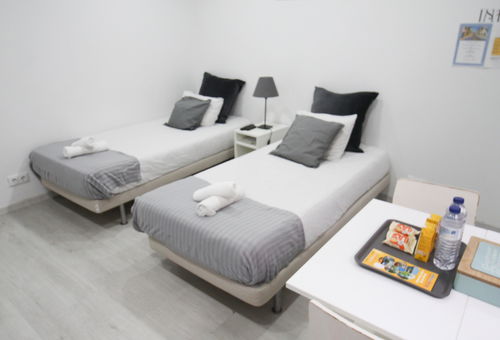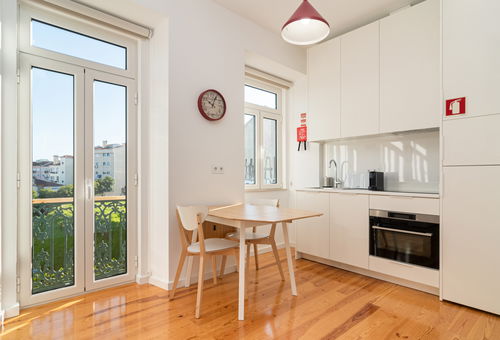The National Horse & Carriage Museum
The National Horse - drawn Carriage Museum is a museum dedicated to horse-drawn carriages located in Lisbon (Portugal), in the district of Belém, on the banks of the Tagus, Afonso de Albuquerque square. It is one of the most important collections in the world.
The museum is set up in the former carousel of the Royal Palace of Belém, the current seat of the Presidency of Portugal. The building was built in 1787, in neoclassical style, on the plans of the Italian architect Giacomo Azzolini.
The interior is decorated with paintings and panels of azulejos made by various Portuguese artists. The indoor arena, where horses were pitched and offered horse-riding and equestrian games, is 50 meters by 17. Members of the royal family could follow the evolution of the horses from the balconies.
The National Horse - drawn carriage Museum (Museu Nacional dos Coches) is located in the Belém district, on the site of the former royal palace carousel built by Italian architect Giacomo Azzolini in 1726.
Inaugurated in 1904 by Dona Amália (wife of King Carlos), this museum contains a large collection of coaches of Portuguese, Italian, French, Austrian and Spanish origin. The visit begins in the main gallery, Louis XVI style, by the presentation of a wooden carriage that was the property of Philip of Spain in the sixteenth century.
Located opposite the former Royal Riding School, the National Horse - drawn carriage Museum maintains and exhibits an impressive collection of coaches dating from the sixteenth to the nineteenth centuries, and having belonged for some, to the Royal House of Portugal.
Tracking the collection chronologically allows visitors to discover the technical and artistic evolution of transport from those pulled by horses to the first motor cars. The museum also presents a collection of ceremonial and processional objects related to equestrian sport as well as portraits of the Portuguese royal family.
It has an important collection ranging from the sixteenth to the nineteenth century, of Portuguese, Italian, French, Austrian and Spanish origin. From different models, some luxurious with gold-colored ornaments, others more simple are on display in the main room.
There are also three spacious Baroque carriages made in 1716 for the Portuguese ambassador to the Vatican in Rome. To preserve all these unique pieces, the flash of the camera is forbidden and as the place is relatively dark, it remains the camera to keep memories …
 Essential
Essential
 Classic
Classic

